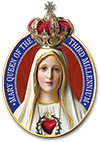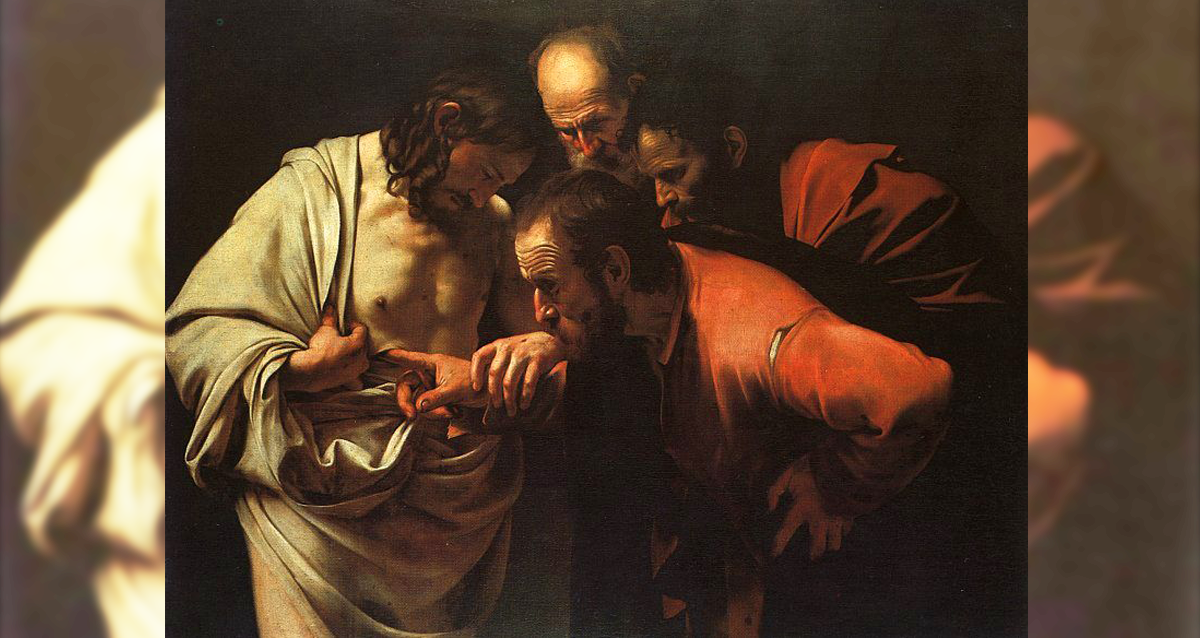He who told his companions gathered in the Cenacle because of an atrocious fear, who would only believe in the risen Jesus if he saw “the mark of the nails in his hands”, put the “finger into the nailmarks” and introducing the “hand into his side” (Jn 20,25) does not require presentation.
The Apostle Thomas passed for History as a symbol of unbelief, it is true, but also as the exponential of a law inherent to human nature ‘per se’ legitimate. To see with “one’s own eyes”, to play with “one’s own hands”, to hear with “ones own ears” is a necessity of the human being, a condition to give the perfect assent of our intelligence and our will.
Although it is eminently supernatural, the very assent of faith has one of its pillars based on that opinion of sensible experience. Was not that need demonstrated by Thomas the apostle, after the terrible hecatomb of the persecution that had fallen on the nascent Church, snatching the soft presence of the Divine Master? Also for St. Mary Magdalene, the one who had loved so much, it was necessary to touch and embrace the feet of the Risen One, to satisfy that legitimate and subconscious desire of the human heart to test faith with the senses. Such an aspiration is so great in our interior to the point of the jubilant Saint John the Apostle exclaim: “what we have heard, what we have seen with our eyes, what we looked upon, and touched with our hands, concerns the Word of life, for the life was made visible, we have seen it and testify to it, and proclaim to you the eternal life that was with the Father and was made visible to us”(1 Jn 1,1-4).
This desire for experience is not contradicted by Our Lord, for when he met his disciples he invited St. Thomas to verify: “Put your finger here and see my hands, and bring your hand and put it into my side, and do not be unbelieving, but believe.” (Jn 20,27). From the lips of the unbeliever sprang, like the rose in the desert, the most explicit act of faith in the divinity of Jesus present in the Gospels: “My Lord and my God!” (Jn 20,28). With the eyes and fingers of Thomas, we touch in the wounds and in the open side of Jesus. In Thomas the whole Church believed in the bodily and miraculous resurrection of the God-Man.

